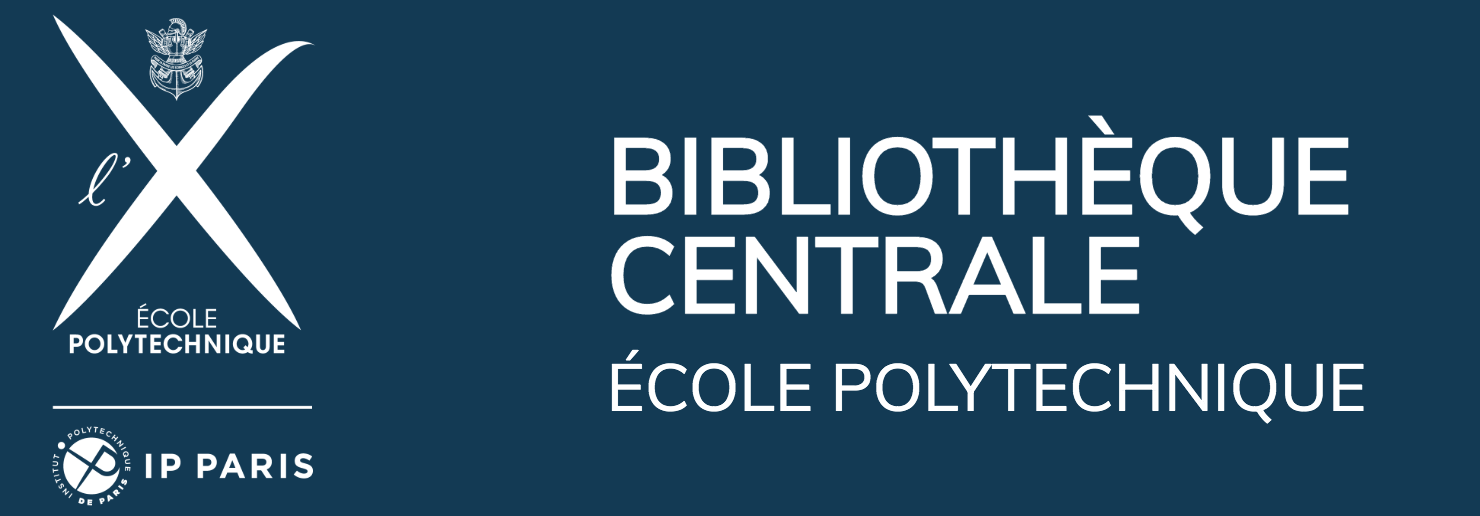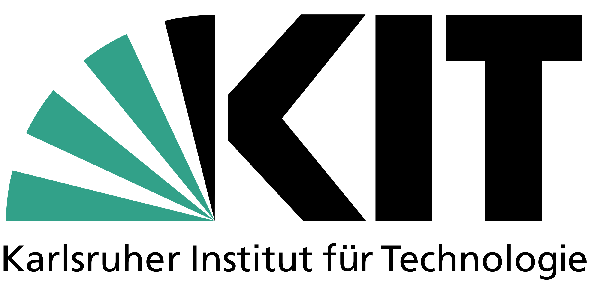‘Valorisation’. For a renewed vitality of the monuments
DOI:
https://doi.org/10.19229/2464-9309/952021Keywords:
architecture, enhancement, restoration, reuse, sustainabilityAbstract
After an introduction comparing the concepts of ‘restoration’ and ‘valorisation’, we go on to examine the limits of modern restoration, in a critical and conservative sense. It is characterised by its methodological openness towards modernity, on the one hand, and thematic openness on the other, relating to a broader category of ‘assets’ than the traditional one, not reserved only for expressions of high historical and artistic value. It then goes on to consider what, although it concerns the world of pre-existence, cannot be defined as restoration and preservation; finally, it considers the methods and tasks of enhancement, which, in its most authentic sense, goes hand in hand with restoration and in some respects follows it, guaranteeing first the conditions for recognition of the asset to be protected, then those of its good management, use and maintenance over time.
Downloads
Article Metrics Graph
References
Avrami, E., Randall, M. and de la Torre, M. (2000), Values and Heritage Conservation, The Getty Conservation Institute, Los Angeles. [Online] Available at: doi.org/10.1016/j.csite.2020.100697 [Accessed 12 April 2021].
Brandi, C. (1963), Teoria del Restauro, Edizioni di Storia e Letteratura, Roma.
Carbonara, G. (1997), Avvicinamento al restauro – Teoria, storia, monumenti, Liguori, Napoli.
Commissione Franceschini (1967), Per la salvezza dei beni culturali in Italia – Atti e documenti della Commissione d’indagine per la tutela e la valorizzazione del patrimonio storico, archeologico, artistico e del paesaggio, voll. 1-3, Casa Editrice Colombo, Roma.
Council of Europe (2005), Council of Europe Framework Convention on the Value of Cultural Heritage for Society, Faro, 27.X.2005, Council of Europe Treaty Series, n. 199. [Online] Available at: rm.coe.int/1680083746 [Accessed 12 April 2021].
Dal Pozzolo, L. (2018), Il patrimonio culturale tra memoria e futuro, Editrice Bibliografica, Milano.
Ermentini, M. (2007), Restauro timido – Architettura affetto gioco, Nardini Editore, Firenze.
Gazzola, P. (1967), “Principes Généraux d’une Action pour la Défense et mise en Valeur des Sites et ensembles Historiques ou Artistiques”, in Commissione Franceschini (1967), Per la salvezza dei beni culturali in Italia – Atti e documenti della Commissione d’indagine per la tutela e la valorizzazione del patrimonio storico, archeologico, artistico e del paesaggio, vol. 3, Casa Editrice Colombo, Roma, pp. 107-110.
Hernandéz Martínez, A. (2013), “El Patrimonio Industrial, un legado del siglo XIX – Su recuperación para usos culturales”, in Sauret, T. (ed.), El siglo XIX a reflexión y debate, Universidad de Málaga, Málaga, pp. 239-288.
Muñoz Viñas, S. (2005), Contemporary Theory of Conservation, Elsevier, Oxford.
Pellegrino, E. (ed.) (2020), Il complesso di Barsento a Noci – Storia, restauri e archeologia, Sagraf Editrice, Capurso (BA).
Philippot, P. (1998), Saggi sul restauro e dintorni – Antologia, Bonsignori, Roma.
Rigo, D. (2014), La “valorizzazione” del patrimonio culturale – Tre casi campione la Fondazione Cini, l’Istituto Veneto di Scienze, Lettere ed Arti e la Fenice, Tesi di Laurea, Corso di Laurea magistrale in Sviluppo Interculturale dei Sistemi Turistici, aa 2012-2013, Relatore Prof. Gherardo Ortalli, Università Ca’ Foscari, Venezia. [Online] Available at: hdl.handle.net/10579/4317 [Accessed 12 April 2021].
Severini, G. (2012), “Il contenuto della valorizzazione – I termini della questione”, in Sandulli, M. A. (ed.), Codice dei Beni Culturali e del Paesaggio, Giuffrè Editore, Milano, pp. 58-60.
Spelman, E. (2002), Repair – The Impulse to Restore in a Fragile World, M.A. Beacon Press, Boston.
Urbani, G. (2000), Intorno al restauro, Skira, Ginevra-Milano.
Urbani, G. (ed.) (1973), Problemi di conservazione – Atti della Commissione consultiva per lo sviluppo tecnologico della conservazione dei beni culturali, Ministero della Pubblica Istruzione-Istituto Centrale del Restauro, Compositori, Bologna.

Downloads
Published
How to Cite
Issue
Section
License
This Journal is published under Creative Commons Attribution Licence 4.0 (CC-BY).
License scheme | Legal code
This License allows anyone to:
Share: copy and redistribute the material in any medium or format.
Adapt: remix, transform, and build upon the material for any purpose, even commercially.
Under the following terms
Attribution: Users must give appropriate credit, provide a link to the license, and indicate if changes were made; users may do so in any reasonable manner, but not in any way that suggests the licensor endorses them or their use.
No additional restrictions: Users may not apply legal terms or technological measures that legally restrict others from doing anything the license permits.
Notices
Users do not have to comply with the license for elements of the material in the public domain or where your use is permitted by an applicable exception or limitation.
No warranties are given. The license may not give users all of the permissions necessary for their intended use. For example, other rights such as publicity, privacy, or moral rights may limit how you use the material.


















































































